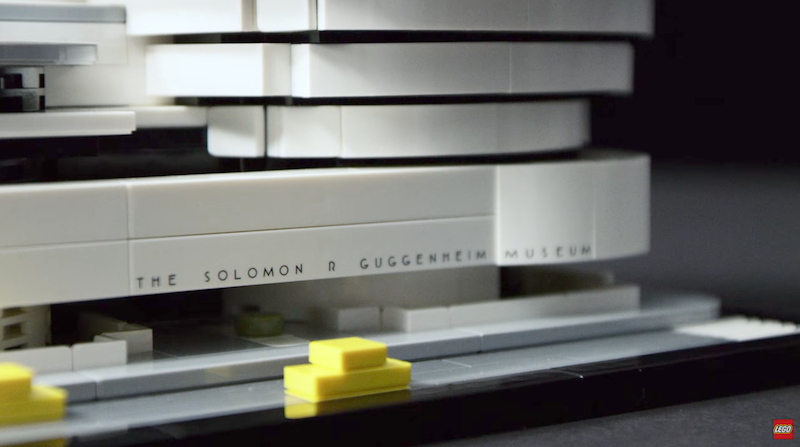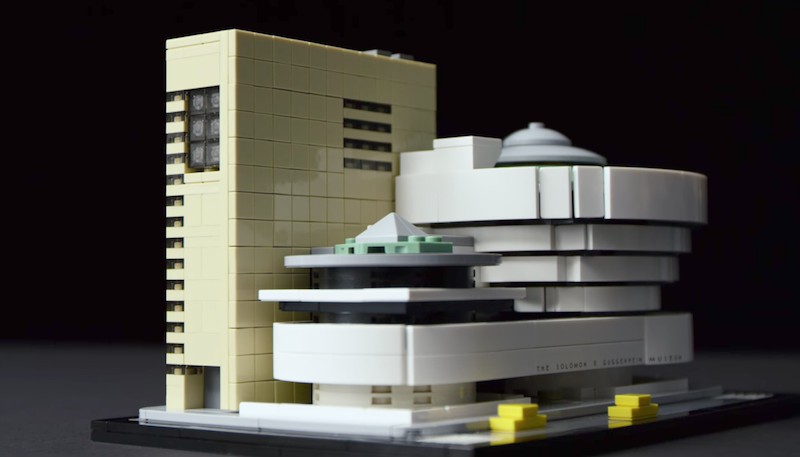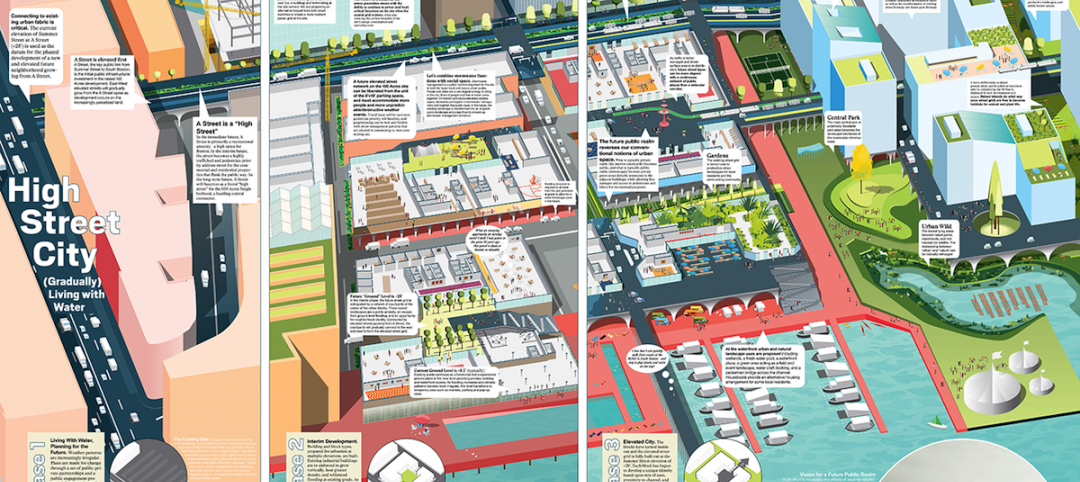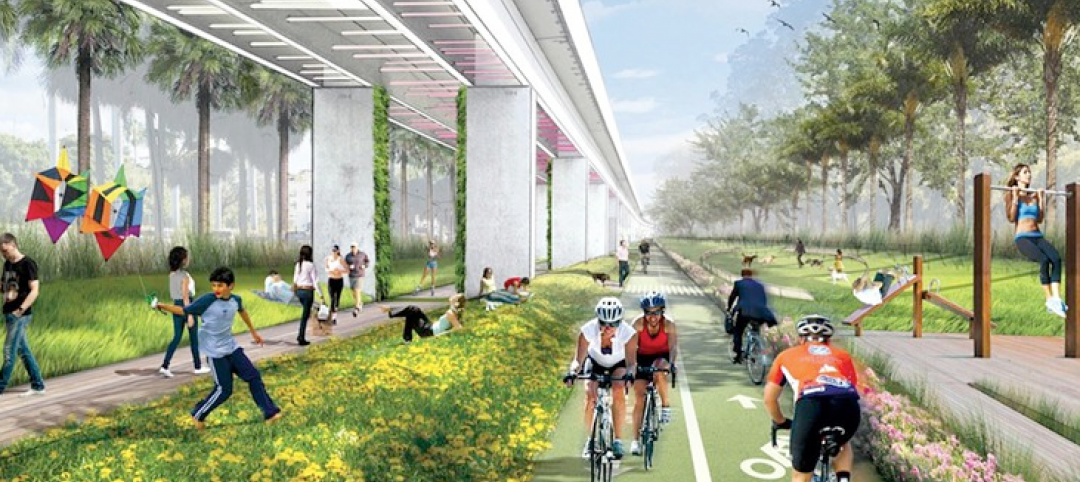Have you ever dreamed of (or possibly even lied about) designing a new addition to the Guggenheim Museum a la George Costanza? If you have, then LEGO Architecture’s newest model is for you. The Solomon R. Guggenheim Museum set provides the most realistic depiction of the landmark museum LEGO has ever offered, wrapped up in a 744 brick, $79.99 package.
This new set is an update of an earlier edition released in 2009, according to The Brothers Brick. The new version adds some true-to-life color, such as the sand green details on the rotunda, is much larger (744 pieces compared to 208 pieces), and is much more accurate in its depiction; air conditioning units are on top of the office building addition and the elevator shaft can be found at the rear of the museum. The details of this model extend to the street, where there are two yellow taxis and two crosswalks.
 Courtesy of LEGO.
Courtesy of LEGO.
The model comes with an instruction booklet that includes pictures and information about Frank Lloyd Wright and the real Guggenheim Museum. For more information on the model, watch the video below.
Related Stories
Government Buildings | Mar 23, 2015
SOM leads planning for Egypt’s new $45 billion capital city
To alleviate overcrowding and congestion in Cairo, the Egyptian government is building a new capital from scratch.
BIM and Information Technology | Mar 23, 2015
Skanska hosts three-week 'hackathon' to find architect for Seattle tower development
Searching for a nimble, collaborative design firm for its 2&U tower project in Seattle, the construction giant ditches the traditional RFQ/RFP process for a hackathon-inspired competition.
Healthcare Facilities | Mar 23, 2015
Can advanced elevator technology take vertical hospitals to the next level?
VOA's Douglas King recalls the Odyssey project and ponders vertical transportation in high-rise healthcare design.
Healthcare Facilities | Mar 22, 2015
New Joplin, Mo., hospital built to tornado-resistant standards
The new hospital features a window and frame system that can protect patients from winds of up to 250 mph.
Sports and Recreational Facilities | Mar 19, 2015
Populous design wins competition for UK's most sustainable arena
The live-concert venue will seat an audience of 12,000, which the firm says will be masked by “the atmosphere and intimacy of a 4,000-seat amphitheatre.”
Architects | Mar 18, 2015
Architecture Billings Index rises in February
The ABI score was 50.4 last month, up slightly from a mark of 49.9 in January. This score reflects a minor increase in design services, according to AIA.
Multifamily Housing | Mar 18, 2015
Prefabricated skycubes proposed with 'elastic' living apartments inside
The interiors for each unit are designed using an elastic living concept, where different spaces are created by sliding on tracks.
Architects | Mar 18, 2015
Boston selects finalists in resilient design competition
The competition asks for creative approaches for planning for a not-so-distant future Boston where higher sea levels and more frequent flooding will be real and critical issues to contend with.
Cultural Facilities | Mar 17, 2015
The High Line’s co-designer wins contract for The Underline in Miami
James Corner Field Operations will design the master plan for this 10-mile restoration project.
Sponsored | | Mar 17, 2015
Are face-to-face meetings still important?
One CEO looks pass convenience and advocates for old school, in-person meetings.

















